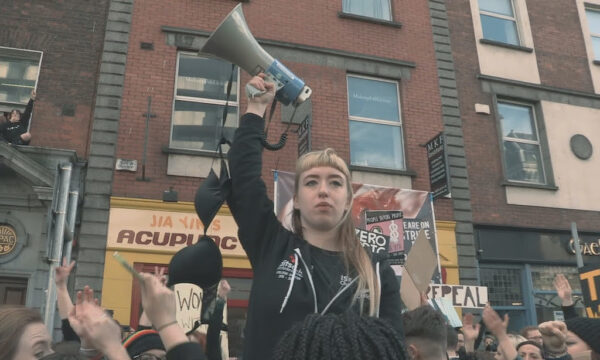Top teacher’s pay freeze: Fair or unfair decision?

The School Teachers’ Review Body’s (STRB) decision that no increase will be awarded to the top levels of leadership in schools has prompted a debate over whether what appears to be a “pay freeze” for headteacher’s remuneration is fair.
Although great disparity exists between the scale of headteacher’s salaries and those of a head of department, this could be justified by the weight of responsibility stopping at the formers desk. Headteachers are called upon to step up and steer through increasingly frequent Ofsted inspections and new models of regulations and checks regarding child protection, for example, and this new wave of accountability could provide an argument that their pay should increase to mirror the rising complexity of the job. The Association of School and College Leaders has evaluated that teacher salaries have decreased substantially over the last 10 years.
A similar argument has gathered weight within the higher education sector surrounding what many have seen as disproportionately high rates of pay for leading academics and vice-chancellors; the row for pay increases being that with greater competition for students within the sector than ever before, universities need to raise remuneration levels in line with international competitors such as the private-funded bodies in the USA, to attract the best talent.
In the UK it could be argued that the Conservatives creation of academies is creating a similar internal market and potentially taking talented resource away from the traditional state-funded schools which need it most. Offering diverse options is one way of trying to motivate higher standards of education, but this monopolisation of the education market could do more harm than good for state schools tied to the same government funding and unable to raise additional resource to make their school improve and stand out.
The continuous focus on money as a critical factor in a headteachers attraction and retention may be a disservice to the broader values for what inspires senior teachers to continue to bring skill and strong leadership to the sector. Undoubtedly however, this is a question of fairness. The utopian model of the chief executive who takes a 100% pay cut to split his salary across his team is indeed a desirable anomaly but an anomaly nonetheless. In a continually squeezed economy struggling out of recession it is a pertinent, if increasingly unlikely, question. Attracting great leadership able to cope and steer our state-funded schools through increasingly regulated and demanding times is important but the reality of the schools model is that it is essentially a team effort.
Ofsted inspections, behaviour management, student pastoral support and most crucially, the delivery of engaging, creative teaching which delivers on all the above lies daily in the hands of all teachers and school support staff and no amount of skilled leadership can replace that responsibility. These staff remain to a large part badly remunerated, facing an increasing burden of bureaucratic compliance and lack of resource, all in the wake of a pay cap of 1% in line with the rest of the public sector which is expected to extend into the 2015-16 school year.
Regulation and stringent checking procedures are essential. However, directing increasing levels of financial resource towards the top of any food chain seems to be going over board and not be fighting the good fight. The message from universities, businesses, creative and apprenticeship industries is that we should focus on better training our young people with strong, diverse and independent skills to be ready for a variety of roles in an uncertain future economy. This relies on resourcing and supporting better teaching and teamwork throughout, not highly paid leaders.
Emily Morrison
























Facebook
Twitter
Instagram
YouTube
RSS